Dogs may be man’s best friend, but not all breeds get the same warm welcome in every corner of America. Certain breeds face bans or restrictions due to concerns over aggression, size, or safety, sparking heated debates among dog lovers and lawmakers. While some argue it’s about protecting communities, others see it as unfair discrimination against specific breeds.
1. Pit Bulls Are the Most Widely Banned
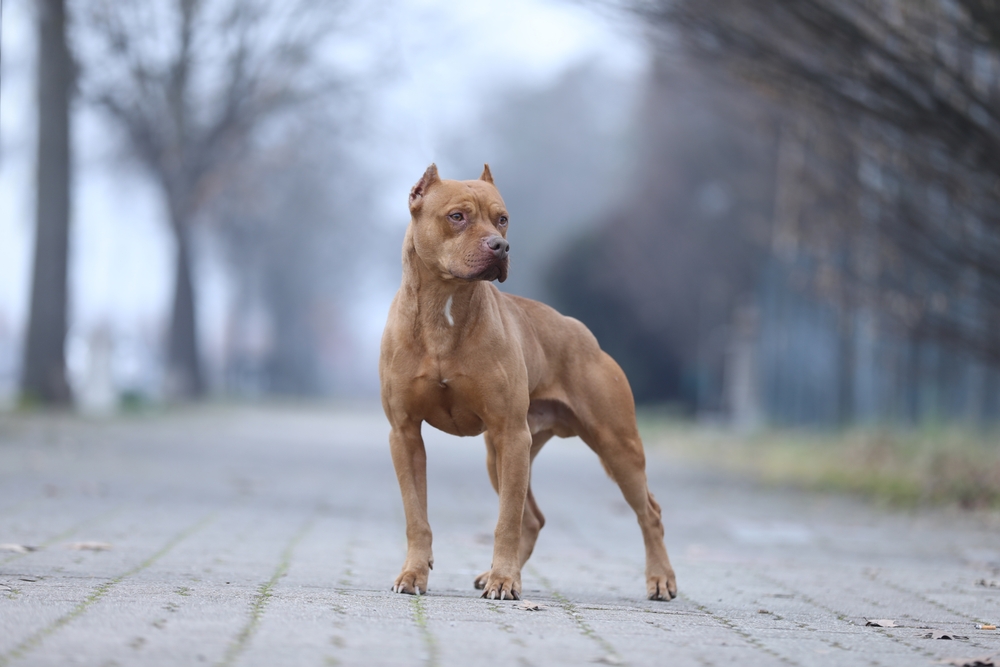
Pit Bulls are at the center of breed-specific legislation (BSL) in many states and cities across the U.S. Known for their strength and determination, they’ve gained a reputation—fair or not—for being aggressive. Critics argue that their behavior often reflects their training and environment, not their genetics. Yet, due to high-profile incidents, they’re frequently banned or heavily restricted in housing and public spaces.
2. Rottweilers Face Strict Regulations
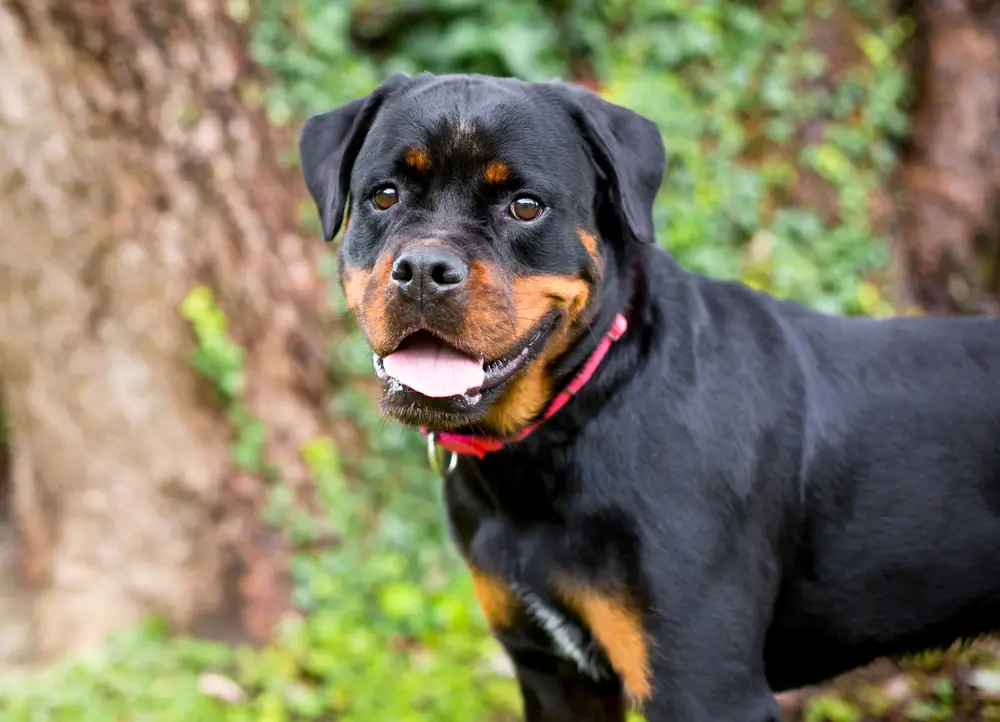
Rottweilers are powerful and loyal dogs, but their imposing size and strength make them a target for breed bans. Often used as guard dogs, they’ve been associated with aggression in poorly trained or mistreated individuals. Many areas require owners to register their Rottweilers, muzzle them in public, or even avoid owning them entirely. Responsible ownership and socialization could help change the narrative, but restrictions persist.
3. Doberman Pinschers Are Viewed as Guard Dogs Gone Rogue
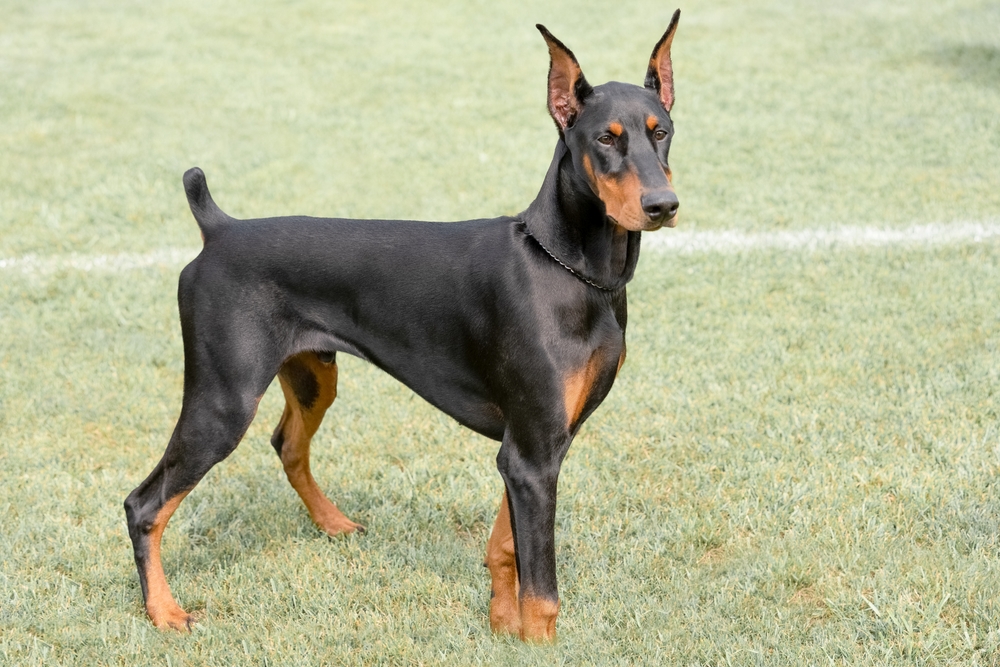
Doberman Pinschers have long been associated with protection, but their guard dog reputation comes at a cost. Some cities and housing complexes have banned them outright, fearing their potential for aggression. However, most Dobermans are affectionate and loyal companions when properly trained. Unfortunately, their sleek, intimidating appearance doesn’t do much to ease public concern.
4. German Shepherds Are on the Watchlist
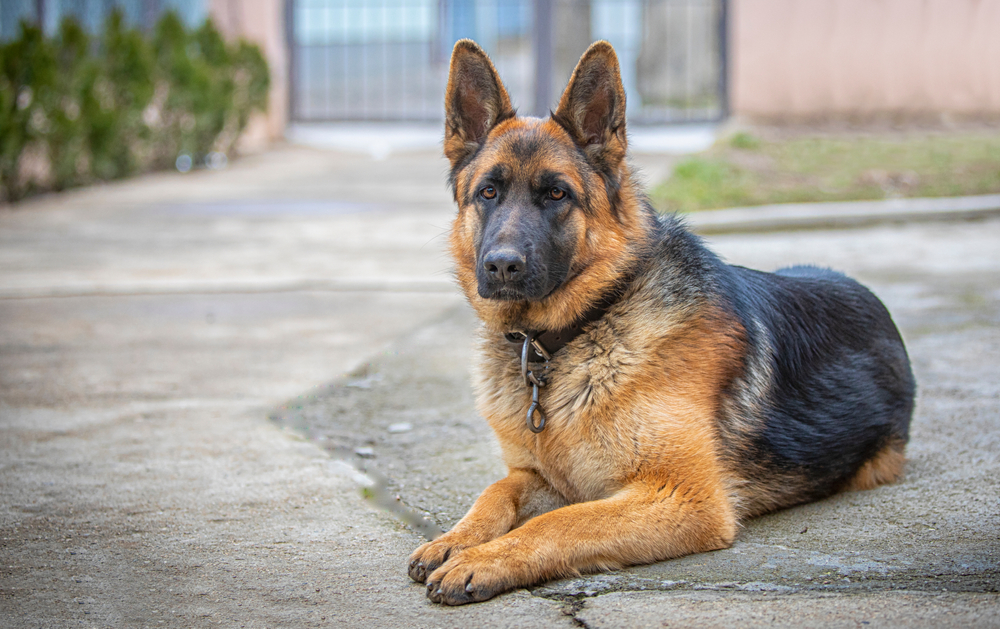
German Shepherds are beloved for their intelligence and versatility, but they’re also on the restricted list in some places. Their work as police and military dogs has cemented their image as strong protectors, but that same image can make them seem intimidating. In areas where BSL is strict, their size and power work against them. Advocates stress that their behavior hinges on training and handling, not breed stereotypes.
5. Alaskan Malamutes Are Seen as Too Wild
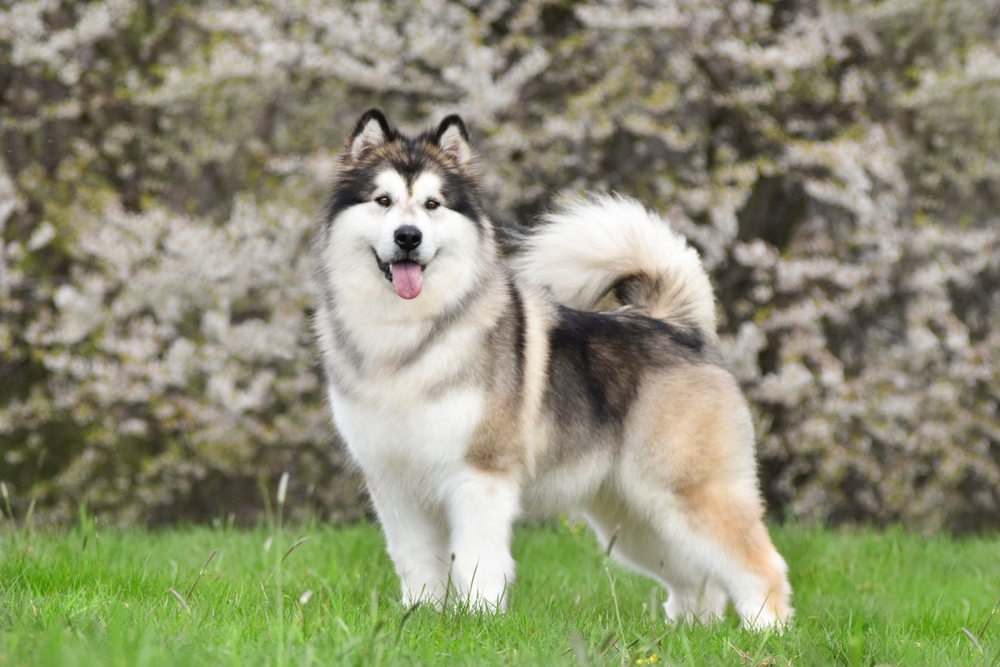
Alaskan Malamutes, with their wolf-like appearance and independent streak, have been banned in some communities. While generally friendly, their size and prey drive can lead to issues if they’re not well-socialized or exercised. They’re often lumped into bans targeting “wolf hybrids,” even though they’re a distinct domestic breed. This unfair association leaves Malamutes facing restrictions despite their good-natured temperament.
6. Chow Chows Are Misunderstood Fluff Balls
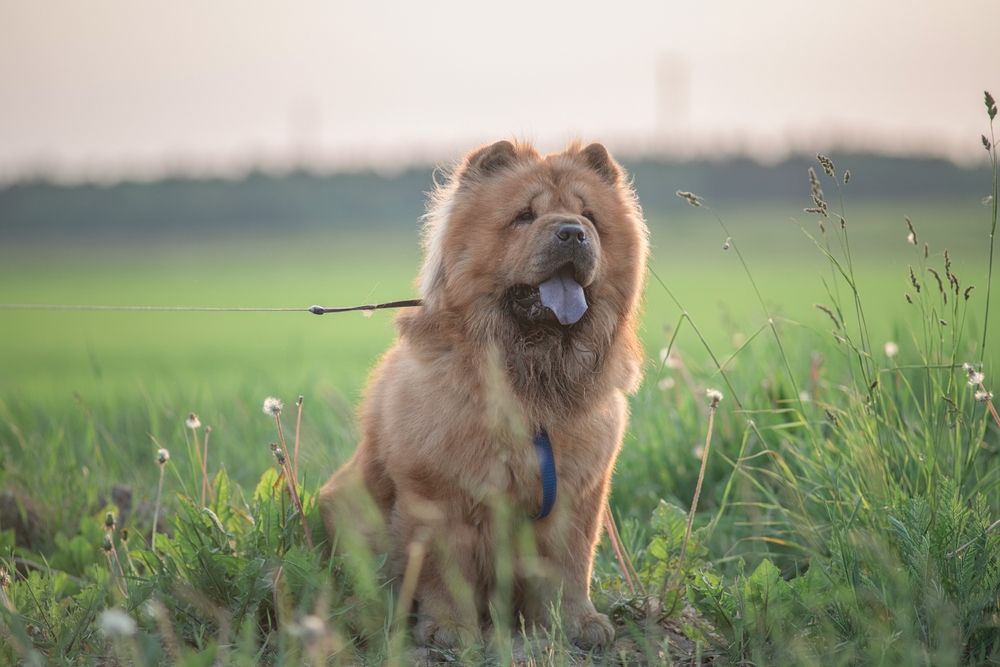
Chow Chows may look like teddy bears, but their strong-willed nature and protective instincts have put them on some restricted lists. These ancient dogs can be aloof and wary of strangers, traits that some mistake for aggression. In reality, a well-trained Chow Chow is loyal and loving to its family. Unfortunately, their reputation precedes them, leading to bans in certain areas.
7. Wolf Hybrids Are Targeted by Fear
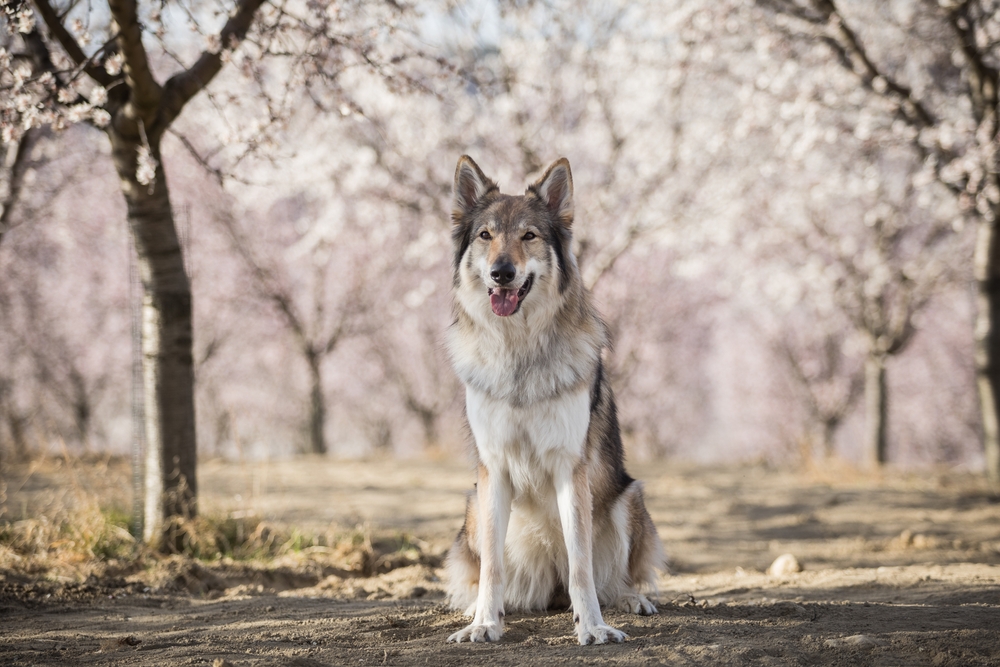
Wolf hybrids, or wolfdogs, are a controversial choice for pet owners, blending domestic dogs with wild wolves. Their wild ancestry raises concerns about unpredictable behavior, leading to bans in many states. Advocates argue that proper training and care can make them safe companions, but critics point to incidents where their instincts take over. This mix of fascination and fear ensures they remain one of the most restricted breeds.
8. American Bulldogs Face Backlash
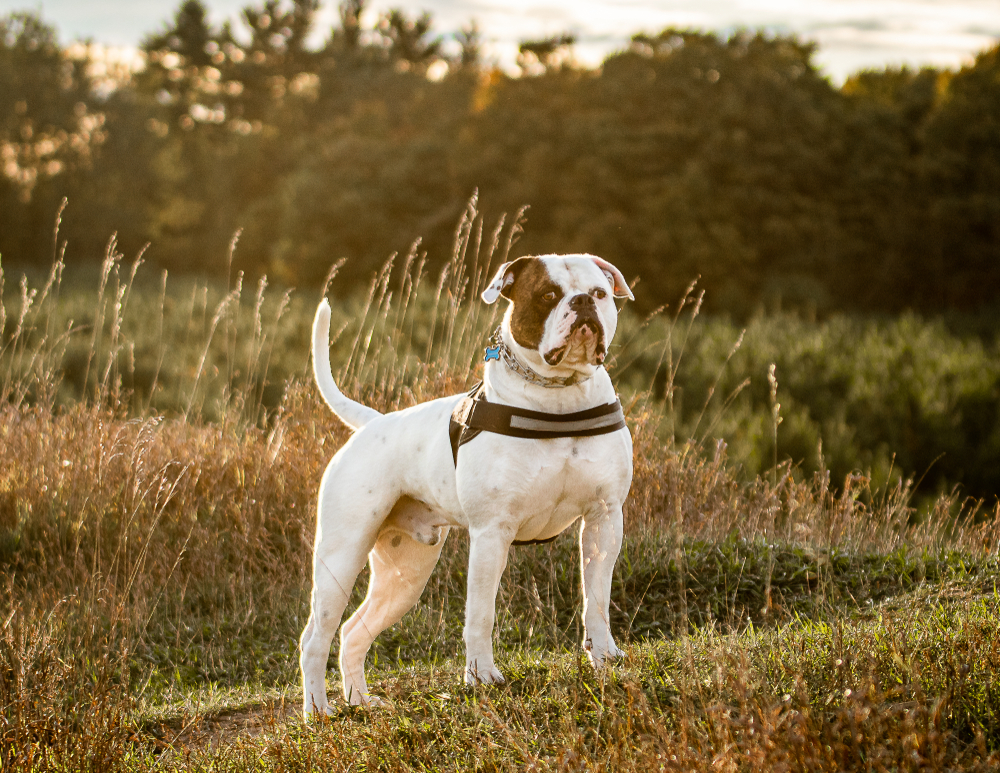
American Bulldogs are athletic and determined dogs often mistaken for Pit Bulls due to their similar appearance. Their strength and tenacity have led to restrictions in areas with strict BSL. While they can be affectionate family pets, their size and energy levels require experienced handling. Misconceptions about their temperament make it harder for them to escape the shadow of breed bans.
9. Cane Corsos Are Seen as Too Intimidating
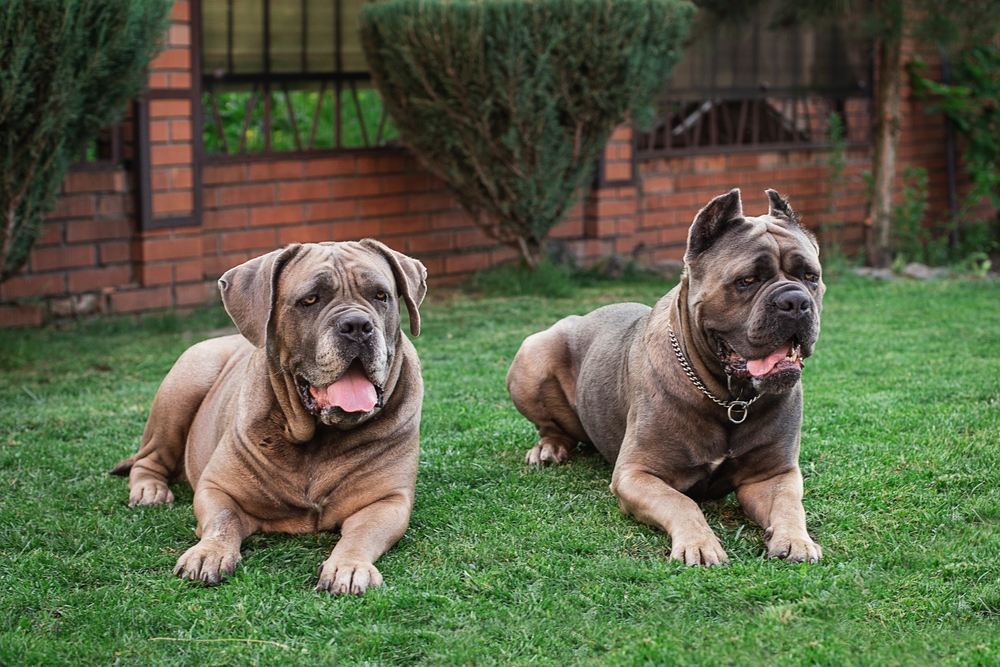
Cane Corsos, also known as Italian Mastiffs, are large, muscular dogs bred for protection. Their imposing presence and guarding instincts have made them a target for bans in some cities and housing communities. When well-trained, they’re calm and affectionate, but poor handling can lead to issues. Their sheer size and power often overshadow their true nature as loyal companions.
10. Akitas Are Viewed as Too Aggressive
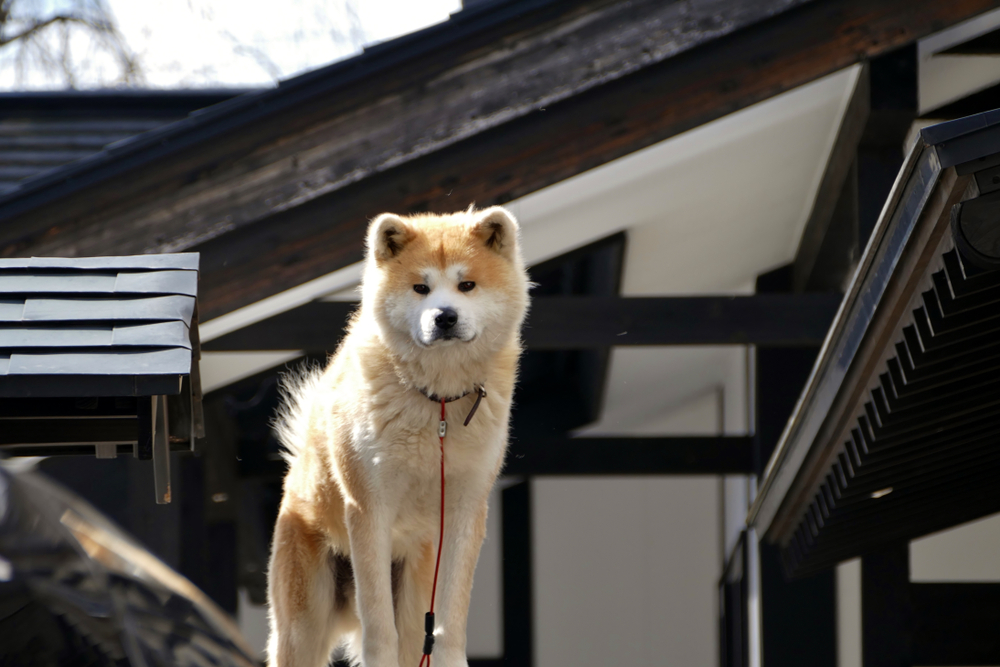
Akitas are dignified, independent dogs with a strong protective streak, making them popular guard dogs. However, their aloofness and occasional stubbornness have earned them a spot on restricted lists in certain areas. Their powerful build and prey drive can make them a handful for inexperienced owners. With proper training, they’re devoted and loving pets, but misconceptions continue to fuel bans.
11. Dogo Argentinos Face Global Restrictions
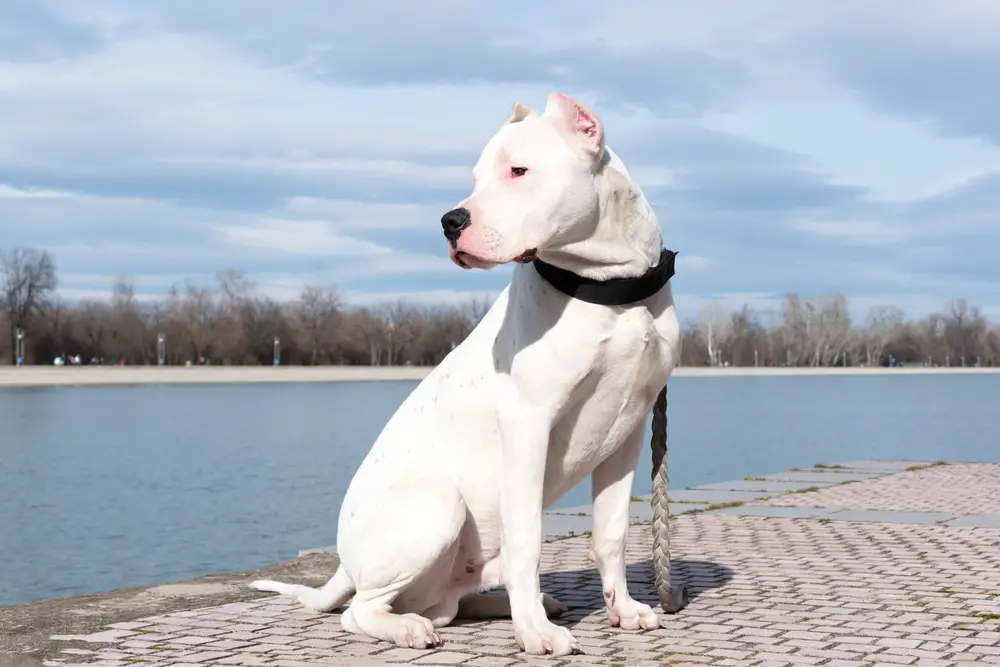
The Dogo Argentino is a powerful hunting breed known for its courage and loyalty, but it’s also banned in multiple countries and U.S. cities. Bred for big-game hunting, they require firm training and socialization to manage their strength and energy. Critics argue that their high prey drive makes them unsuitable for urban environments. Despite their affectionate nature with family, their reputation keeps them on the banned list.
12. Presa Canarios Are Feared for Their Strength
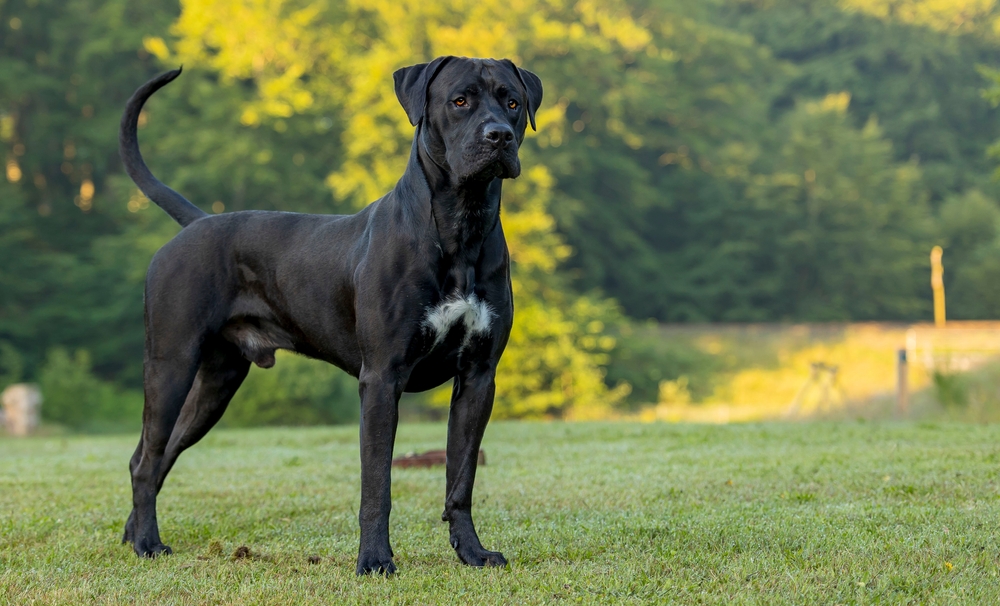
Presa Canarios, also called Canary Mastiffs, are large and muscular dogs bred for herding and protection. Their powerful build and guarding instincts have made them a focus of breed-specific legislation. While they can be gentle with proper training, their size and strength intimidate many people. As a result, they’re banned or restricted in areas with concerns about dangerous breeds.
13. Bullmastiffs Are Considered Too Powerful

Bullmastiffs are gentle giants when raised right, but their size and protective instincts have led to restrictions in some areas. They were originally bred to guard estates, and their loyalty to their families is unmatched. However, their sheer power can make them a liability in the wrong hands. Many places enforce regulations to ensure responsible, experienced handlers own them.
14. Huskies Get Caught in the Mix
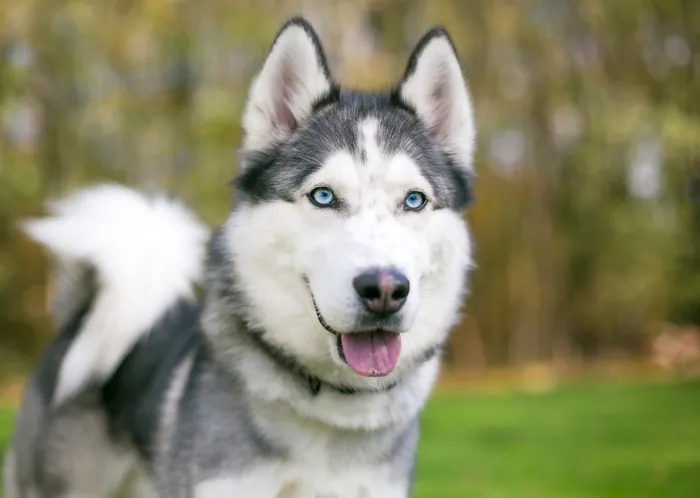
Huskies, known for their high energy and striking looks, are sometimes included in bans targeting wolf hybrids. Their friendly nature makes them unlikely aggressors, but their independence and prey drive can lead to misunderstandings. Some communities restrict Huskies due to their resemblance to wolves or their tendency to escape and roam. Advocates stress that Huskies are loving pets when given proper outlets for their energy.
15. Staffordshire Bull Terriers Face Unfair Stigma
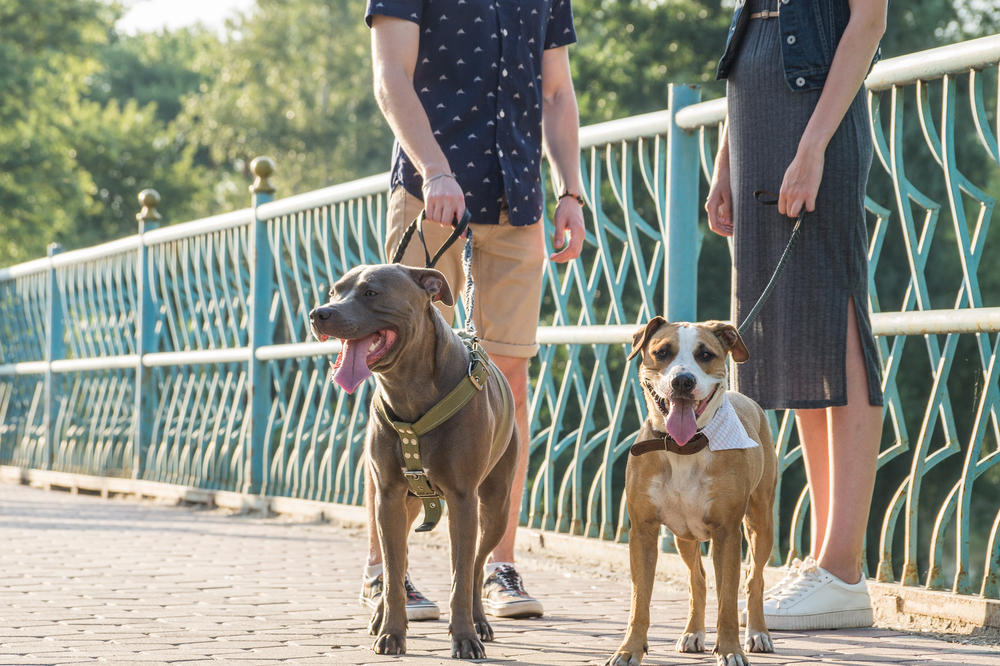
Staffordshire Bull Terriers, or Staffies, are affectionate and playful, but they often get grouped with Pit Bulls in breed-specific bans. Their muscular build and energetic demeanor can be intimidating, even though they’re known as “nanny dogs” for their gentleness with children. Misconceptions about their behavior keep them on restricted lists in some areas. Proper training and education could go a long way in changing public perception.
